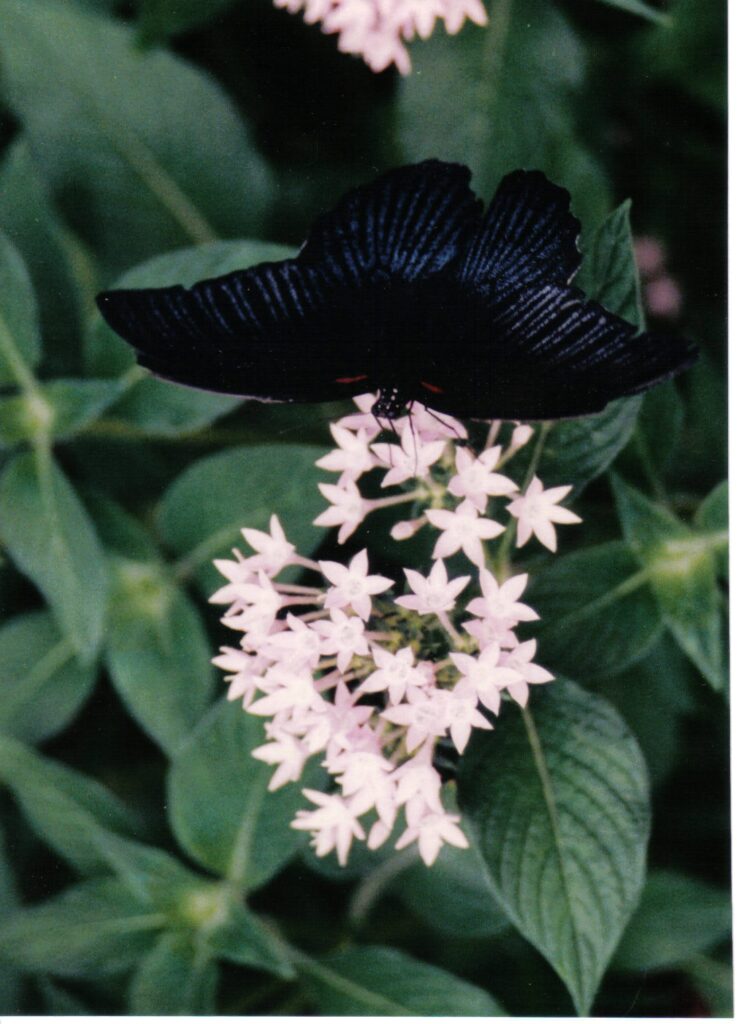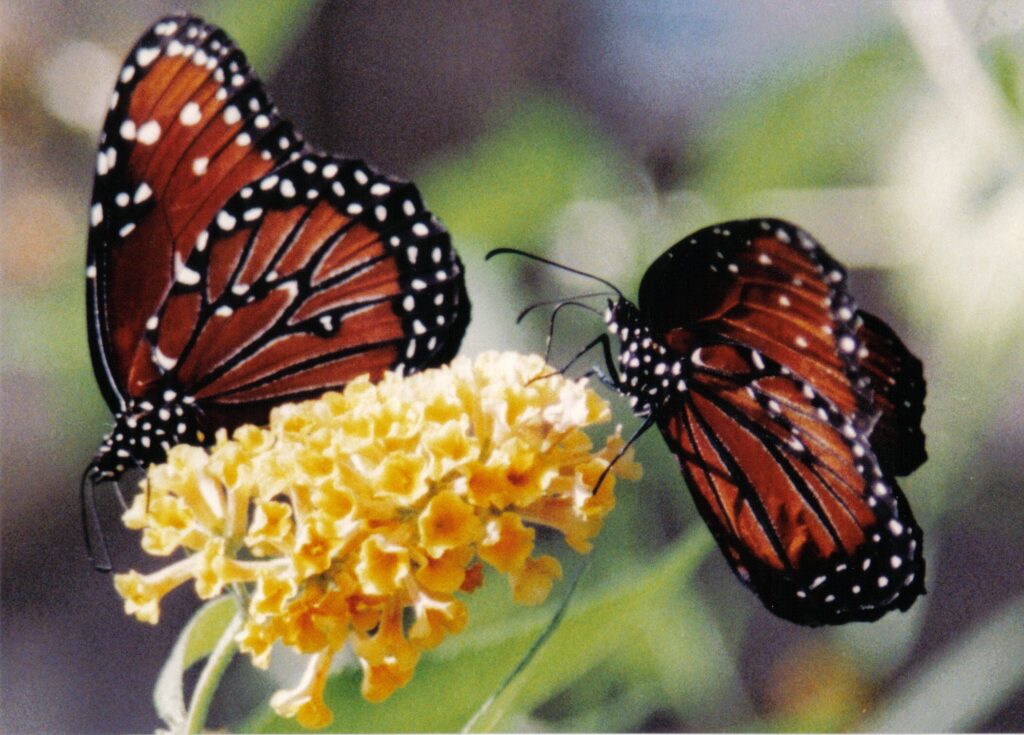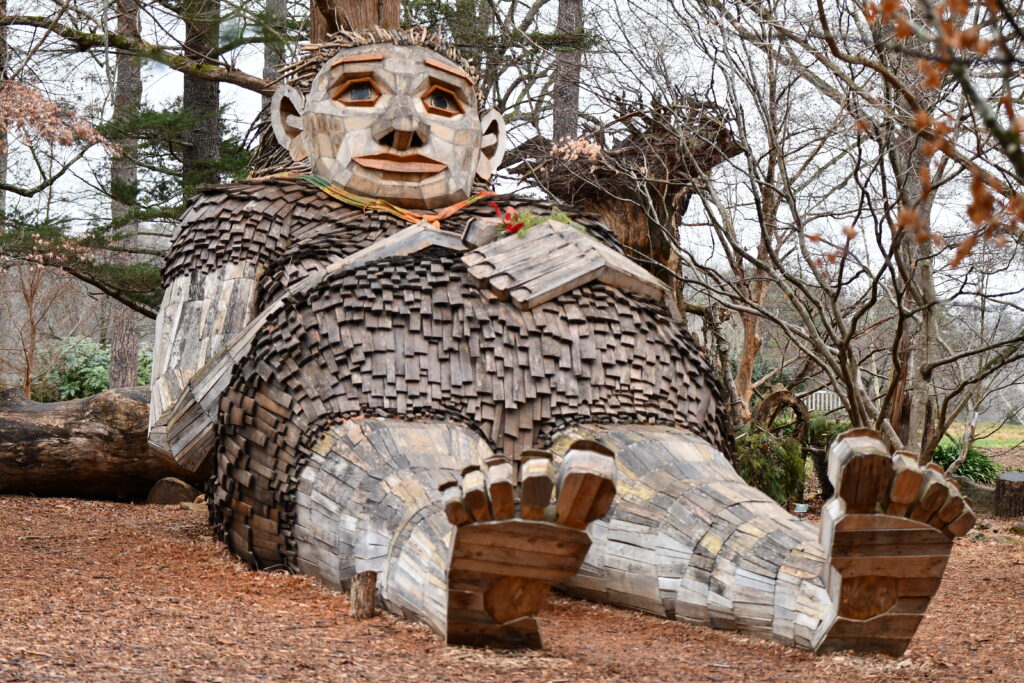There’s something magical about photographing butterflies. Their delicate wings, bold patterns, and unpredictable flight paths make them one of nature’s most rewarding—yet challenging—subjects. Whether you’re just starting out or looking to level up your shots, here are some practical tips for capturing beautiful butterfly photos, along with a few real-life examples from my own lens.
🦋 1. Know Your Subject
Before you snap the shot, take a moment to observe. Butterflies are most active on warm, sunny days, especially in the morning when they’re slower and basking in the sun. Spend some time noticing their favorite flowers and flight patterns.
Pro Tip: Butterflies tend to return to the same flower clusters. If you miss the shot the first time, be patient—they may come back!
📸 2. Use the Right Gear (But Don’t Overthink It)
You don’t need expensive gear to start. A smartphone with a solid camera or a basic DSLR with a zoom lens can work wonders. The key is to get close without disturbing your subject.
- Beginner: Use your smartphone’s burst mode or portrait mode for better focus and depth.
- Intermediate: A macro lens or telephoto zoom lens (like a 70-200mm) will help you get detailed shots from a distance.
🌸 3. Focus on Composition
Butterflies love bright flowers—and that helps your composition. Try to:
- Fill the frame, but leave a bit of space for context.
- Use the rule of thirds.
- Shoot at eye level with the butterfly for the most engaging perspective.
Example: In the image of the yellow and black Swallowtail on the red flower cluster, I positioned myself parallel to the butterfly’s body to highlight the delicate wing pattern and contrast against the vibrant petals.

🌿 4. Lighting is Everything
Natural light is your best friend. Avoid harsh midday sun that can blow out highlights or create deep shadows. Early morning or late afternoon provides softer, golden light—perfect for detail and warmth.
🧘 5. Be Patient and Move Slowly
Sudden movements will scare butterflies away. Move slowly and steadily. Sometimes the best shot comes after several quiet moments of waiting.
Example: The black butterfly feeding on pale pink star flowers was a rewarding capture after several minutes of stillness. It finally landed and stayed long enough to give me a perfect angle.

🧠 6. Use Google Photos to Identify Your Butterflies
One of the coolest tools I use is Google Photos. After uploading your images, use the “Lens” tool to scan and identify the butterfly species. It’s a great way to learn about what you’ve captured and adds depth to your storytelling.

Example:
- The monarch butterfly with its bold orange and black wings was easily identified using Google Lens.
- The elegant black and white butterfly feeding on yellow blossoms turned out to be a paper kite or rice paper butterfly—a stunning discovery thanks to this tool.
🧰 7. Practice and Play
Like anything else, photographing butterflies takes practice. Don’t worry about getting it perfect—some of your favorite shots may be the most unexpected ones.
Final Thoughts
Butterfly photography is equal parts patience and joy. With a little observation, the right light, and a steady hand, you can turn fleeting moments into stunning visuals. Whether you’re capturing the symmetry of a monarch, the subtle shimmer of a black butterfly, or the dramatic contrast of a swallowtail, each image tells a story worth sharing.
So grab your camera, find a blooming garden, and start exploring the fluttering world around you. Don’t forget to use Google Photos to identify your subjects—you might be surprised what you discover!
💬 Have a favorite butterfly shot? Drop it in the comments or tag me on social @lensesandlatitudes—I’d love to see your flutter-filled photos!


